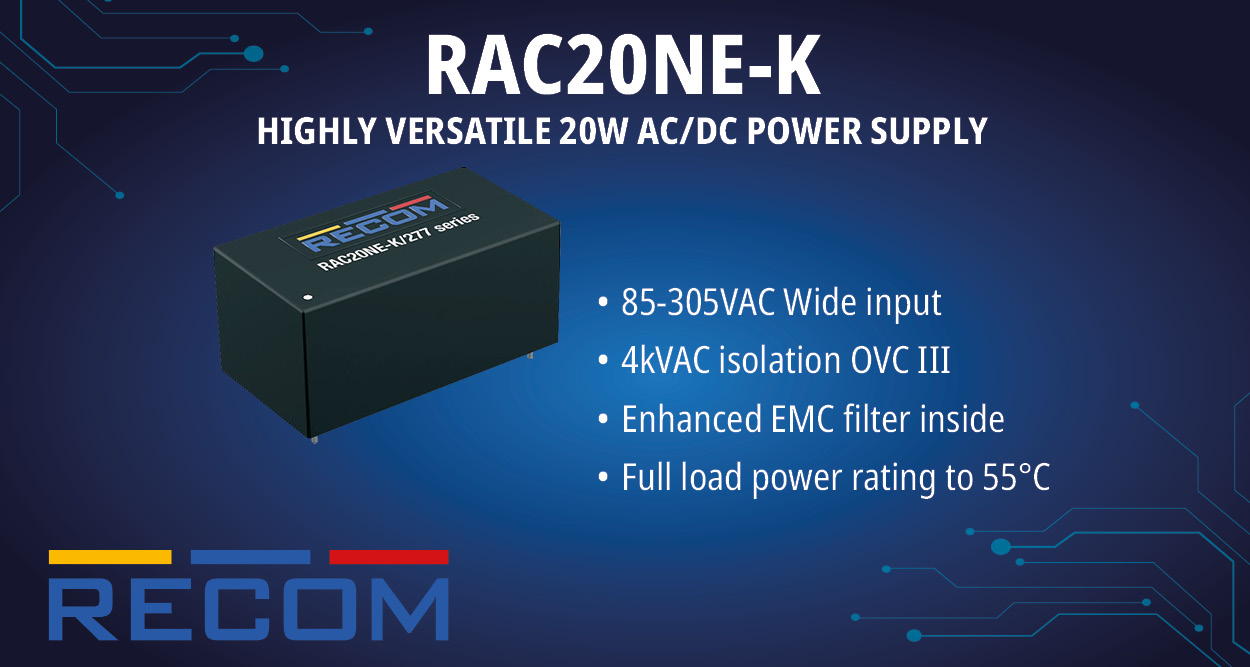While Level 3 autonomy continues to face regulatory and liability challenges in 2025, SAE Level 2+ ADAS is reshaping China’s automotive landscape, driven by vertically integrated supply chain solutions and declining hardware costs. According to IDTechEx’s “Passenger Car ADAS Market 2025-2045: Technology, Market Analysis, and Forecasts” report, although the overall L2+ penetration rate across the entire Chinese market remains modest, a noteworthy trend is emerging among China’s new energy vehicle startups. In 2024, 52% of their total vehicle sales supported L2+ functionality. Domestic suppliers such as Huawei and Horizon Robotics are leading this transformation. Meanwhile, software-only ADAS startups are under increasing pressure, as automakers now prioritize cost-effective, full-stack partnerships over modular software offerings.
ADAS solution supplier stratification: Full-stack vs. software-only players
China’s third-party ADAS supplier market is diverging into two clear camps. On one side are software-only players such as WeRide, QCraft, Baidu Apollo, and Momenta. These firms develop perception and planning algorithms that rely on automakers’ existing hardware platforms and lack control over key components like sensors and compute chips. While they once dominated early-phase collaborations, their market influence is rapidly declining. In 2024, the number of new contracts signed by software-only vendors dropped 37% year-on-year.
On the other side, full-stack solution providers are rapidly gaining market share. Companies like Huawei, Mobileye, Horizon Robotics, Black Sesame Technologies, and Bosch now offer complete ADAS systems that integrate proprietary chips, sensor suites, and AI software. Huawei’s ADS platform exemplifies this shift: in 2024, it was deployed in 503,000 vehicles through partnerships with three major automakers, approaching Tesla’s annual sales volume in China.
Three mega-trends reshaping China’s L2+ ecosystem
1. Localization wave: Cutting reliance on foreign tech
Despite NVIDIA’s Orin X remaining the dominant high-end chip in the Chinese ADAS passenger car market, Chinese suppliers are aggressively developing alternatives. Black Sesame Technologies began mass-producing its autonomous driving chips in late 2024, while Momenta collaborates with 40+ OEMs to reduce dependency on foreign silicon. Domestic chip adoption surged 217% YoY in 2024, with Huawei’s Ascend AI processors now powering 28% of premium L2+ vehicles in China.
2. International players struggle to adapt
Foreign suppliers are facing mounting challenges in adapting to China’s fast-evolving ADAS landscape. Mobileye, once a pioneer in China’s ADAS market, has been pushed to entry-level models at Zeekr in 2025, as the automaker shifted to NVIDIA’s Orin X for its premium EVs. Bosch, however, demonstrates a viable path: its joint venture with WeRide delivered a tailored ADAS solution for Chery’s 2024 lineup, combining global expertise with localized software.
3. Cost-effective vision-based systems
Vision-first systems (approximately US$813 per vehicle) dominated 63% of deployments in 2024, significantly cheaper than Tesla’s HW4.0 (US$2,000) or LiDAR-integrated solutions (approximately US$3,500). Declining sensor costs further accelerate the adoption of vision-based ADAS.

Global L2+ expansion: Geofences widen, L4 finds niches
Globally, L2+ availability has exploded from a handful of models in 2017 to 50+ in 2024. GM leads with Super Cruise, now active across 800,000 miles of North American highways and available on 20 models—half of all L2+ vehicles sold. Ford and Stellantis are close behind, with highway coverage exceeding 750,000 miles. Meanwhile, L4 autonomy is carving out niche applications. Automated valet parking systems, where vehicles self-park in geofenced lots without a driver in the vehicle,
IDTechEx closely tracks these developments and forecasts significant market growth in their report, “Passenger Car ADAS Market 2025-2045: Technology, Market Analysis, and Forecasts”. The report delivers an extensive analysis of the global SAE Level 2+/L3 market, profiling key industry participants (including Tier 1 suppliers, OEMs, ADAS Software & platform providers), detailed sensor suite comparisons, SoC performance evaluations, and end-to-end architectures.
















